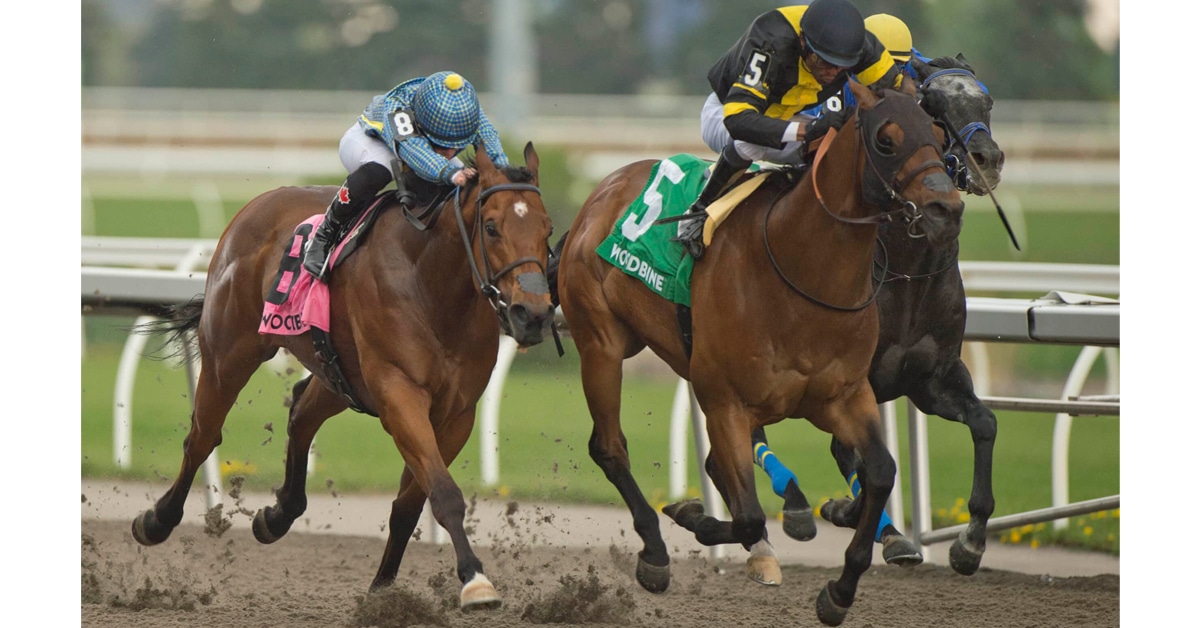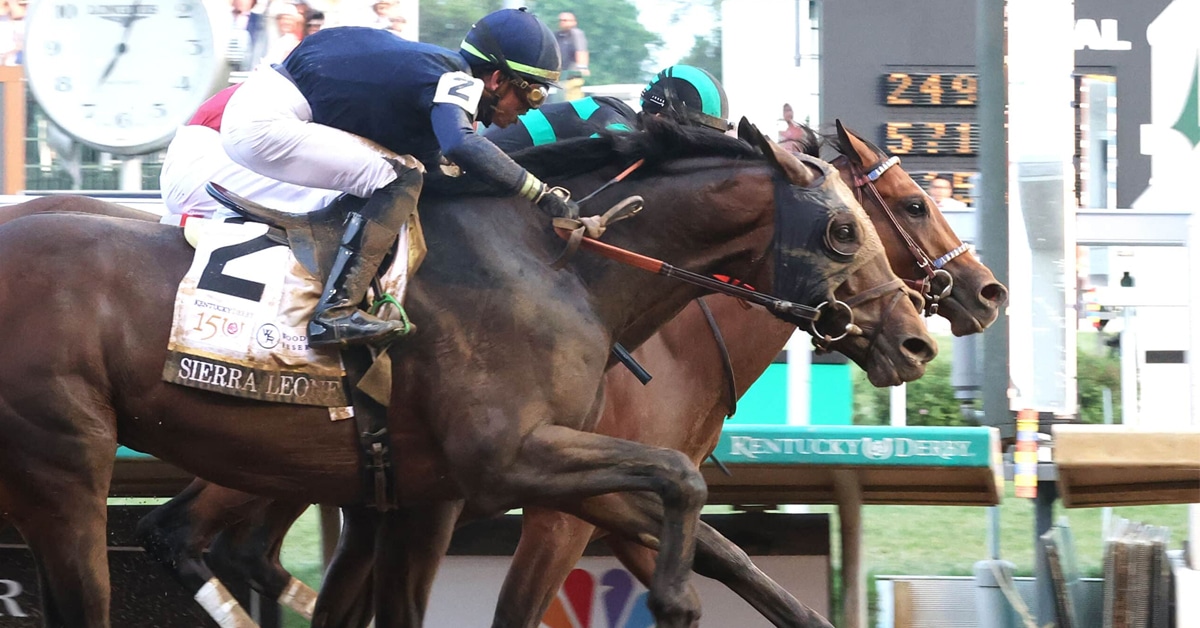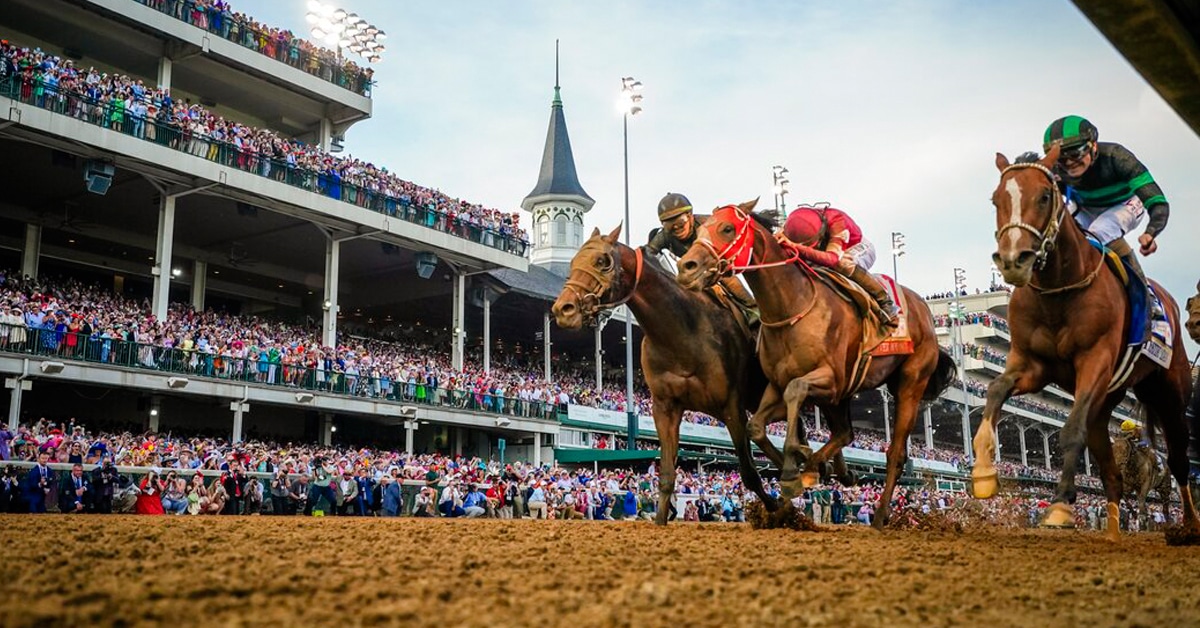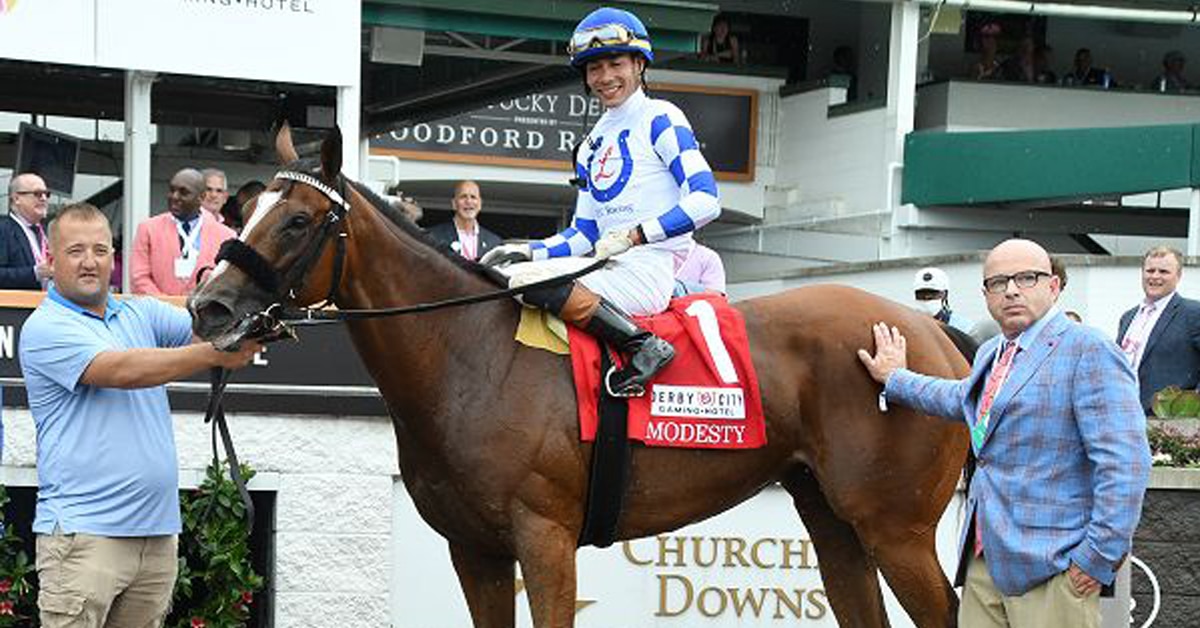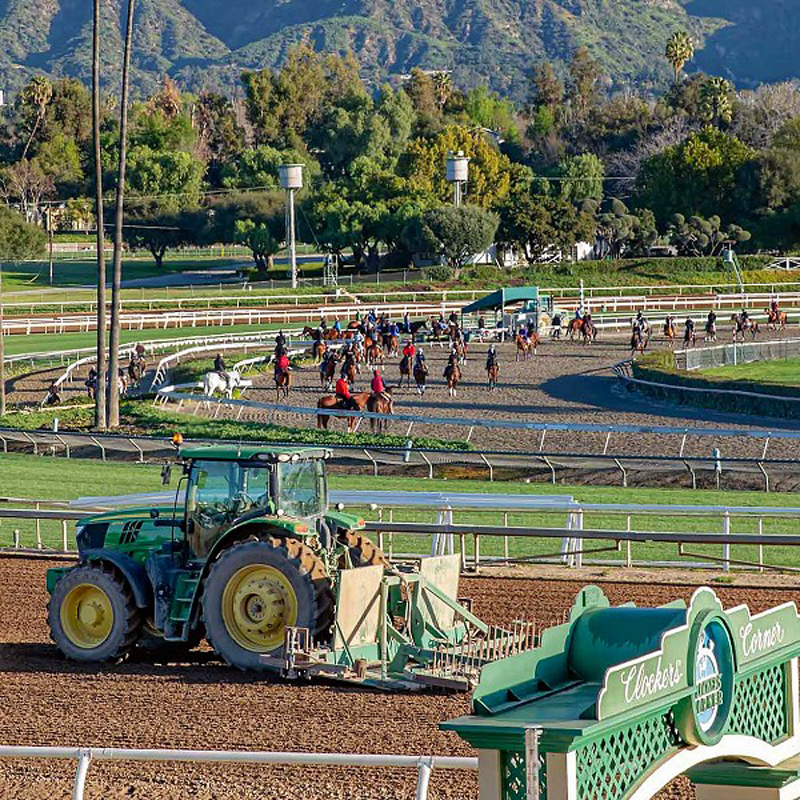Analysis and work has been done on the main track at Santa Anita Park, which was closed for training and racing on March 5th, and, as such, racing could resume at the California oval as soon as March 22nd. Plus, the track has put protocols in place.
Moving forward, Santa Anita Park will require trainers to apply for permission to work a horse (a timed high-speed training exercise) at least 24 hours in advance. This will allow track veterinarians to assist in identifying “at risk” horses through the evaluation of past performances, workout data and physical inspection. Santa Anita has hired additional veterinarians to observe all horses entering and exiting the tracks each morning during training hours.
Santa Anita had previously announced a change to the morning training schedule to ensure a more orderly and safe process. The first 15 minutes of training after the main track opens, and after each renovation break, are now exclusively reserved for horses working for an officially clocked time. This will allow horses going at a faster pace to encounter less traffic, thus providing a safer environment.
The Stronach Group, owner of Santa Anita, is also announcing the creation of a new position, Director of Equine Welfare, which will be held by an accredited veterinarian. This person will be responsible for the oversight of all aspects of equine well-being and will lead a new Rapid Response team for injuries which will be tasked with conducting transparent investigations of all factors involving the injury, as well the communication of their findings to the racing and general public.
As has been implemented with great success at Gulfstream Park, Santa Anita will now institute a “House Rule” requiring complete transparency with regard to veterinary records. This mandates that the veterinary records of a horse follow that horse through any trainer or ownership change, including a claiming race or private sale.
“This has worked very well at Gulfstream Park,” said Ritvo. “There was some pushback from the trainers at first, but this is the best thing for the horse. Now, everyone has bought into the process as they realize they are also on the receiving end of this information intended to understand the full medical history of that horse.”
TSG is strongly committed to working with the California Horse Racing Board and industry stakeholders in evaluating racetrack safety. The goal is to establish a culture of health and safety throughout all of the racetracks, creating checks and balances, intervention strategies and working together to identify factors to help mitigate risk to horses and riders. This includes the continued engagement of Dr. Mick Peterson of the University of Kentucky and veteran trackman Dennis Moore, and other independent racetrack surface experts to continually review both the dirt and turf courses for consistency, composition and compaction, as well as the exploration of advancements in injury detection and prevention.
“Every one of us, from our Chairman and President [of TSG] Belinda Stronach, to our employees, to every trainer and owner and person who works in the stable area, we all have deep, deep love for horses,” said Ritvo. “It’s why we get up every day. It’s all about the horses. Human medicine is more advanced than equine medicine, so if there is new technology or equipment that will assist in increasing the ability to discover our pre-existing injuries, we’re going to invest in that technology and bring it to our horsemen.”
More from Canadian Thoroughbred:
